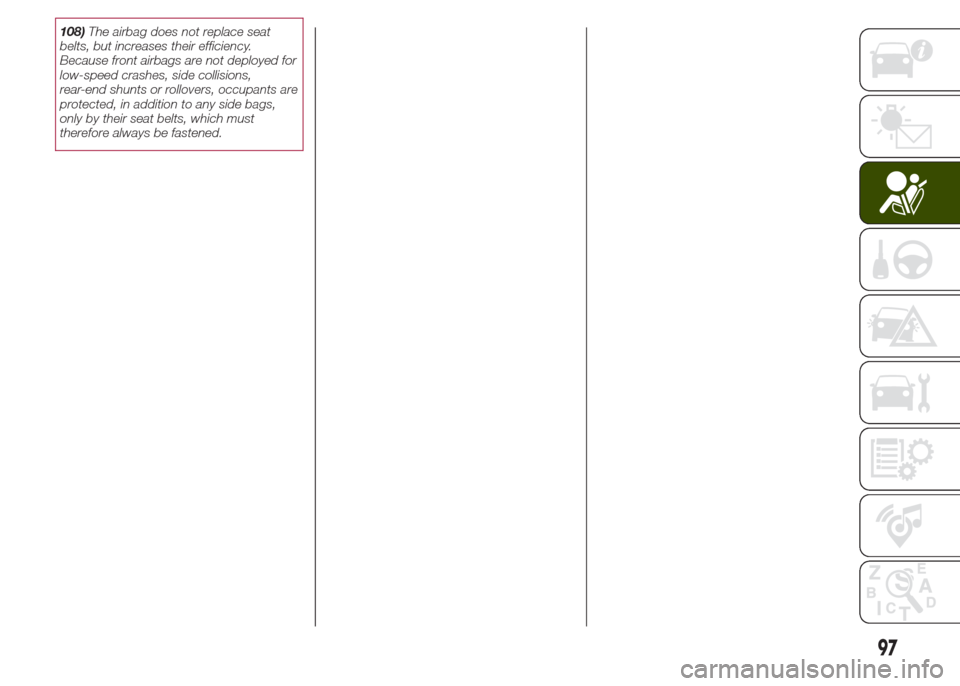Page 97 of 212

SIDE BAGS
To help increase occupants protection
in the event of side impact collisions,
the vehicle is equipped with front side
bags and window bags.
Side bags
These comprise two bags located in
the front seat backrests fig. 85 which
protect the pelvis, chest and shoulder
area of the occupants in the event
of a side impact of medium/high
severity. They are marked by the
"AIRBAG" label sewn on the outer side
of the front seats.
Window bag
This comprises a "curtain" bag housed
behind the roof side linings and covered
by special trims fig. 86. They are
designed to protect the head of front
and rear occupants in the event of
a side collision, thanks to the
wide cushion inflation surface.
The deployment of side bags in the
event of side impacts of low severity is
not required.
In the event of a side impact, the
system provides best protection if the
passenger sits on the seat in a correct
position, thus allowing correct window
bag deployment.
97) 98) 99) 100) 101) 102) 103) 104) 105) 106) 107)
108)
Important
Do not wash the seats with water or
pressurised steam (wash by hand or at
automatic seat washing stations).
The front and/or side airbags
may activate in the event of sharp
impacts to the underbody of the vehicle
(e.g. impact with steps, pavements,
potholes or road bumps etc.).
When the airbag deploys it emits a
small amount of dust: the dust is
harmless and does not indicate the
beginning of a fire. The dust may irritate
the skin and eyes however: in this
case, wash with neutral soap
and water.
Airbag checking, repair and
replacement must be carried out at a
Jeep Dealership.
If the vehicle is scrapped, have the
airbag system deactivated at a Jeep
Dealership.
Pretensioners and airbags are deployed
according to different logics on the
basis of the type of collision. Failure to
deploy of one of the devices does
not necessarily indicate a system
malfunction.
85J0A0178C
86J0A0180C
95
Page 98 of 212

WARNING
94)Do not apply stickers or other objects
on the steering wheel, on the dashboard in
the passenger side airbag area, on side
upholstery on the roof or on the seats.
Never put objects (e.g. mobile phones) on
the passenger's side dashboard since
they could interfere with correct inflation of
the airbag and also cause serious injury
to the passengers.
95)Always drive keeping your hands on
the steering wheel rim so that the airbag
can inflate freely if necessary. Do not drive
with your body bent forward. Keep your
back straight against the backrest.
96)When an active passenger airbag is
fitted, DO NOT install rearward facing child
restraint systems on the front passenger
seat. Deployment of the airbag in an
accident could cause fatal injuries to the
child regardless of the severity of the
impact. Therefore, always deactivate the
passenger side airbag when a rearward
facing child restraint system is installed on
the front passenger seat. The front
passenger seat must also be positioned
back as far as possible in order to prevent
the child restraint system from coming
into contact with the dashboard.
Immediately reactivate the passenger
airbag as soon as the child restraint system
has been removed.
97)Do not hook rigid objects to the coat
hooks and to the support handles.100)If the
warning light does not
switch on when the ignition device is
moved to MAR or if it stays on when
driving, there might be a fault in the
restraint systems; in this case, the airbags
or pretensioners may not deploy in the
event of an accident or, in a lower number
of cases, they could deploy erroneously.
Before proceeding, contact a Jeep
Dealership immediately to have the system
checked.
101)On some versions, if the
OFFLED
(located on the dashboard panel) is faulty,
warning light
lights up in the instrument
panel.
102)If a side bag is present, do not cover
the front seat backrests with extra covers.
103)Do not travel carrying objects in
your lap, in front of your chest or between
your lips (pipe, pencils, etc.). They could
cause severe injury if the airbag is
deployed.
104)If the has been subject to theft,
attempted theft, vandalism, or flooding,
have the airbag system inspected at a
Jeep Dealership.105)If the ignition device is at MAR, even if
the engine is switched off, airbags may
be deployed when the vehicle is stationary
and hit by another vehicle. Therefore,
even if the vehicle is stationary, when an
active front passenger airbag is fitted, DO
NOT install rearward facing child restraint
systems on the front passenger seat.
Deployment of the airbag following an
impact could cause fatal injuries to the
child. Therefore, always deactivate the
passenger side airbag when a rearward
facing child restraint system is installed on
the front passenger seat. The front
passenger seat must also be positioned
back as far as possible in order to prevent
the child restraint system from coming
into contact with the dashboard.
Immediately reactivate the passenger
airbag as soon as the child restraint system
has been removed. Finally, remember that
if the ignition device is at STOP, no safety
device (airbags or pretensioners) will
activate following an impact; therefore if
these devices do not activate this cannot
be considered as signal of the system
malfunction.
106)If the airbag failure warning light is
faulty this will be signalled by an airbag
failure icon lighting up in the instrument
panel display with a dedicated message.
The pyrotechnic charges are not disabled.
Before proceeding, contact a Jeep
Dealership immediately to have the system
checked.
107)The front airbag deployment threshold
is higher than that of the pretensioners.
When the impact is between the two
deployment thresholds, it is normal that
pretensioners only are engaged.
96
SAFETY
98)Do not rest your head, arms or elbows
on the door, windows or the area in which
the window bag is located to avoid
possible injury during inflation.
99)
elbows out of the windowNever lean head, arms and
Page 99 of 212
108)The airbag does not replace seat
belts, but increases their efficiency.
Because front airbags are not deployed for
low-speed crashes, side collisions,
rear-end shunts or rollovers, occupants are
protected, in addition to any side bags,
only by their seat belts, which must
therefore always be fastened.
97
Page 100 of 212
STARTING AND DRIVING
Let’s get to the "heart" of the vehicle:
seeing how you can exploit all of its
potential to the full.
We’ll look at how to drive it safely in any
situation, so that it can be a welcome
companion, with our comfort and
our wallets in mind.STARTING THE ENGINE ................. 99
ELECTRIC PARKING BRAKE (EPB).100
MANUAL GEARBOX .......................103
AUTOMATIC TRANSMISSION.........103
STOP/START SYSTEM ...................106
SPEED LIMITER ..............................107
ELECTRONIC CRUISE CONTROL ..108
FOUR WHEEL DRIVE - JEEP
ACTIVE DRIVE (4WD) AND JEEP
ACTIVE DRIVE LOW (4WD LOW) ....109
SELEC-TERRAIN ............................111
PARKSENSE SYSTEM ....................112
LANESENSE SYSTEM (LANE
CROSSING WARNING) ...................114
REAR CAMERA (PARKVIEW®
REAR BACKUP CAMERA) ..............115
TOWING TRAILERS ........................117
REFUELLING THE VEHICLE ...........120
98
STARTING AND DRIVING
Page 101 of 212

STARTING THE
ENGINE
Before starting the engine, adjust the
seat, the interior rear view mirrors,
the door mirrors and fasten the seat
belt correctly.
Never press the accelerator pedal for
starting the engine.
If necessary, messages indicating the
starting procedure can be shown on
the display.
109) 110) 111)34) 35) 36) 37)
PROCEDURE FOR
VERSIONS WITH MANUAL
GEARBOX
Proceed as follows:
❒engage the electric parking brake
and place the gear lever in neutral;
❒bring the ignition device to MAR. On
Diesel versions, waning light
lights
up in the instrument panel: wait for the
warning light to switch off;
❒fully depress the clutch pedal without
touching the accelerator;
❒turn the ignition device to AVV and
release it as soon as the engine starts;❒if the engine does not start within 10
seconds, bring the ignition device
back to STOP and wait for 10-15
seconds before repeating the starting
procedure.
PROCEDURE FOR
VERSIONS WITH
AUTOMATIC
TRANSMISSION
Proceed as follows:
❒engage the electric parking brake
and place the gear lever to P (Park) or
N (Neutral);
❒fully depress the brake pedal without
touching the accelerator;
❒place the ignition device to AVV;
❒if the engine does not start, bring the
ignition device back to STOP and
wait for 10-15 seconds before
repeating the starting procedure.
IMPORTANT If, with the ignition device
at MAR, the
symbol on the
instrument panel stays on together with
warning light
, turn the ignition
device to STOP and then back to MAR.
If the warning light (or the symbol on
the display) remains on, try with the
other keys provided with the vehicle.
Contact a Jeep Dealership if the engine
still does not start.
STOPPING THE ENGINE
Proceed as follows:
❒park the car in a position that is not
dangerous for oncoming traffic; engage
a gear (versions with manual gearbox)
or position the gear lever to P (Parking)
(versions with automatic transmission);
❒turn the ignition device to STOP
with the engine idling.
Cars equipped with electronic key
(Keyless Enter-N-Go):at a car speed
over 8 km/h (5 mph) it is possible to
switch the engine off, also with
automatic transmission lever in a
position other than P (Parking). To
switch off the engine in this situation,
hold down the ignition device button for
a while or press it 3 times in a row
within a few seconds. In this case the
engine will stop and the ignition device
will switch to MAR.
WARNING
109)It is dangerous to run the engine in
enclosed areas. The engine takes in
oxygen and releases carbon dioxide,
carbon monoxide and other toxic gases.
110)The brake servo is not active until the
engine is started, so you would need to
apply much more force than usual to the
brake pedal.
99
Page 102 of 212

111)Do not start the engine by pushing,
towing or driving downhill. These
manoeuvres may damage the catalytic
converter.
WARNING
34)In the first period of use, i.e. in the first
1,600 km (1,000 miles), we recommend
not to demand maximum performance
from the vehicle (for instance excessive
accelerations, extended travel at maximum
speed, sudden braking, etc.).
35)With the engine off, do not leave the
ignition device at MAR to prevent the
battery from draining.
36)A quick burst on the accelerator before
turning off the engine serves absolutely
no practical purpose; it wastes fuel and is
damaging for the engine.
37)Warning light
will flash after
starting or during prolonged cranking to
indicate a fault with the glow plug heating
system. If the engine starts, the vehicle can
be regularly used, but a Jeep Dealership
must be contacted as soon as possible.
ELECTRIC PARKING
BRAKE (EPB)
The electric parking brake (EPB)
guarantees better use and optimal
performance compared to a manually
operated parking brake.
The electric parking brake features a
switch, located on the central tunnel fig.
87, a motor with caliper for each rear
wheel and an electronic control module.
IMPORTANT Always engage the
electronic parking brake before leaving
the vehicle.IMPORTANT In addition to parking the
vehicle with the parking brake always
engaged, the wheel steered, chocks or
stones positioned in front of the wheels
(when on a steep slope), a gear must
always be engaged (the 1st gear with
the vehicle parked uphill or the reverse
gear with the vehicle parked downhill).
On versions with automatic
transmission, place the gear lever at P
(Park).
IMPORTANT Should the vehicle battery
be faulty, to unlock the electric parking
brake the battery must be replaced.
The electric parking brake can be
engaged in two ways:
❒manually, by pressing the switch on
the central tunnel fig. 87;
❒automaticallyin "Safe Hold" or "Auto
Park Brake" conditions.
Engaging the parking brake
manually
112) 113) 114)
Briefly pull the switch located on the
central tunnel to manually engage the
electric paring brake when the vehicle is
stationary.
Noise may be heard from the rear of the
vehicle when engaging the electric
parking brake.
87J0A0281C
100
STARTING AND DRIVING
Page 103 of 212
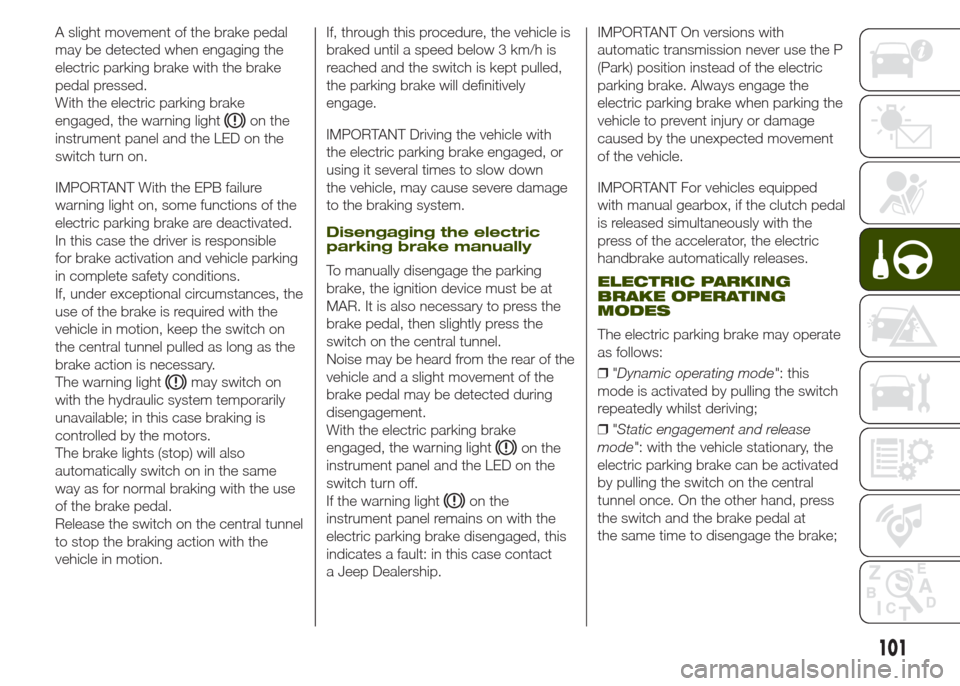
A slight movement of the brake pedal
may be detected when engaging the
electric parking brake with the brake
pedal pressed.
With the electric parking brake
engaged, the warning light
on the
instrument panel and the LED on the
switch turn on.
IMPORTANT With the EPB failure
warning light on, some functions of the
electric parking brake are deactivated.
In this case the driver is responsible
for brake activation and vehicle parking
in complete safety conditions.
If, under exceptional circumstances, the
use of the brake is required with the
vehicle in motion, keep the switch on
the central tunnel pulled as long as the
brake action is necessary.
The warning light
may switch on
with the hydraulic system temporarily
unavailable; in this case braking is
controlled by the motors.
The brake lights (stop) will also
automatically switch on in the same
way as for normal braking with the use
of the brake pedal.
Release the switch on the central tunnel
to stop the braking action with the
vehicle in motion.If, through this procedure, the vehicle is
braked until a speed below 3 km/h is
reached and the switch is kept pulled,
the parking brake will definitively
engage.
IMPORTANT Driving the vehicle with
the electric parking brake engaged, or
using it several times to slow down
the vehicle, may cause severe damage
to the braking system.
Disengaging the electric
parking brake manually
To manually disengage the parking
brake, the ignition device must be at
MAR. It is also necessary to press the
brake pedal, then slightly press the
switch on the central tunnel.
Noise may be heard from the rear of the
vehicle and a slight movement of the
brake pedal may be detected during
disengagement.
With the electric parking brake
engaged, the warning light
on the
instrument panel and the LED on the
switch turn off.
If the warning light
on the
instrument panel remains on with the
electric parking brake disengaged, this
indicates a fault: in this case contact
a Jeep Dealership.IMPORTANT On versions with
automatic transmission never use the P
(Park) position instead of the electric
parking brake. Always engage the
electric parking brake when parking the
vehicle to prevent injury or damage
caused by the unexpected movement
of the vehicle.
IMPORTANT For vehicles equipped
with manual gearbox, if the clutch pedal
is released simultaneously with the
press of the accelerator, the electric
handbrake automatically releases.
ELECTRIC PARKING
BRAKE OPERATING
MODES
The electric parking brake may operate
as follows:
❒"Dynamic operating mode": this
mode is activated by pulling the switch
repeatedly whilst deriving;
❒"Static engagement and release
mode": with the vehicle stationary, the
electric parking brake can be activated
by pulling the switch on the central
tunnel once. On the other hand, press
the switch and the brake pedal at
the same time to disengage the brake;
101
Page 104 of 212

❒"Drive Away Release": (where
available) the electric parking brake will
automatically disengage with the driver
side seat belt fastened and the
detection of an action performed by the
driver to move the vehicle (forward
gear or reverse gear);
❒"Safe Hold": when the vehicle speed
is lower than 3 km/h, the gear lever is
not at P (Park) on versions with
automatic transmission and when the
intention of the driver to leave the
vehicle is detected, the electric parking
brake will automatically engage so
that the vehicle is in safe conditions.❒"Auto Park Brake": if the vehicle
speed is lower than 3 km/h, the electric
parking brake will automatically engage
with the gear lever moved to P (Park)
position (versions with automatic
transmission), or with the ignition device
at STOP (versions with manual
gearbox). The LED on the switch fig. 87
located on the central tunnel switches
on together with the warning light
on the instrument panel when the
parking brake is engaged and applied
to the wheels. Each automatic parking
brake engagement can be cancelled by
pressing the switch on the central
tunnel and moving at the same time the
gear lever for the automatic
transmission to position P (Park) or the
ignition device to STOP (versions with
manual gearbox).
SAFE HOLD
It is a safety function that automatically
engages the electric parking brake in
the event of a dangerous condition for
the vehicle.
If:
❒the vehicle speed is below 3 km/h;
❒the gear lever is not at P (Park)
(versions with automatic transmission);
❒the driver's seat belt is not fastened;
❒the driver side door is open;❒no attempted operation of the brake
pedal or, on versions with manual
gearbox, the clutch pedal or the
accelerator pedal is detected;
the parking brake engages
automatically to prevent the vehicle
movement.
The Safe Hold function can be
temporarily disabled by pressing the
switch located on the central tunnel
and the brake pedal at the same time,
with the vehicle stationary and the
driver side door open.
Once disabled, the function will activate
again when the vehicle speed reaches
20 km/h or the ignition device is moved
to STOP and then to MAR.
WARNING
112)In the case of parking manoeuvres on
roads on a gradient, the front wheels
must be steered towards the pavement
(when parking downhill), or in the opposite
direction if the vehicle is parked uphill. If
the vehicle is parked on a steep slope, it is
advisable to block the wheels with a
wedge or stone.
113)Never leave children unattended in
the vehicle. Always remove the key from
the ignition device when leaving the vehicle
and take it with you.
114)The electric parking brake must
always be engaged when leaving
the vehicle.
102
STARTING AND DRIVING
 1
1 2
2 3
3 4
4 5
5 6
6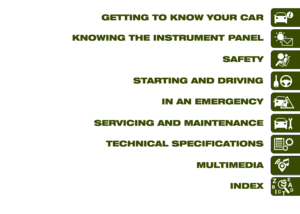 7
7 8
8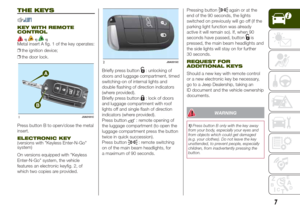 9
9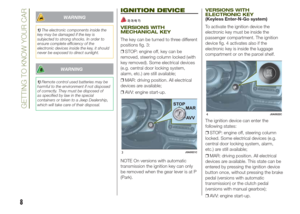 10
10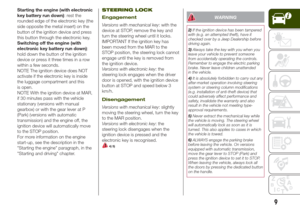 11
11 12
12 13
13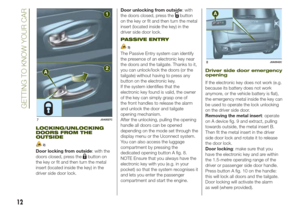 14
14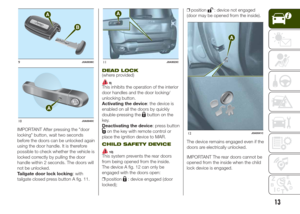 15
15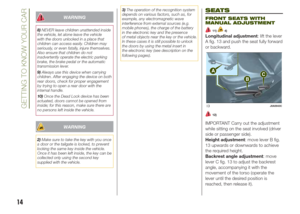 16
16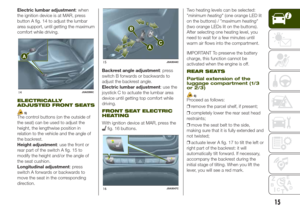 17
17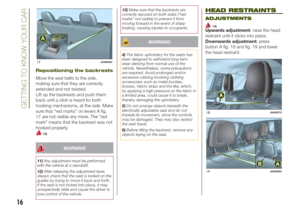 18
18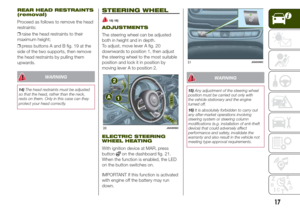 19
19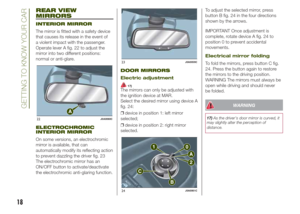 20
20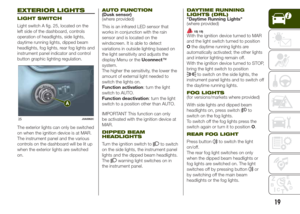 21
21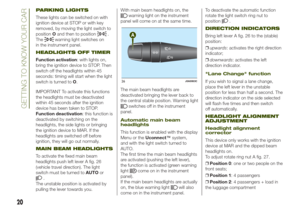 22
22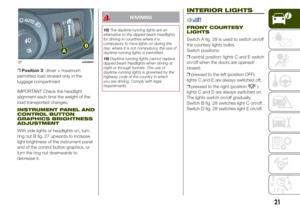 23
23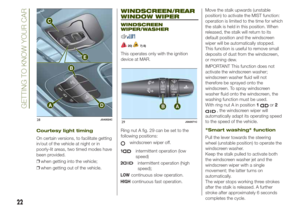 24
24 25
25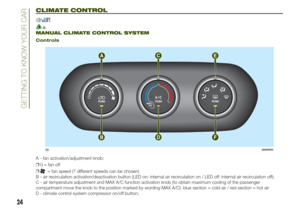 26
26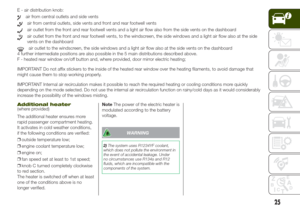 27
27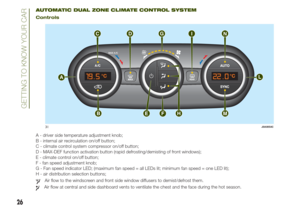 28
28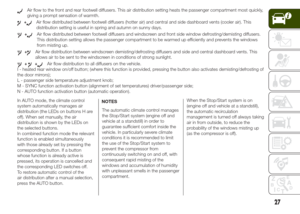 29
29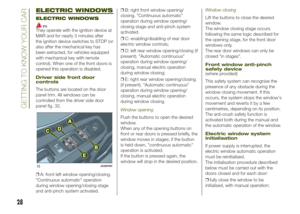 30
30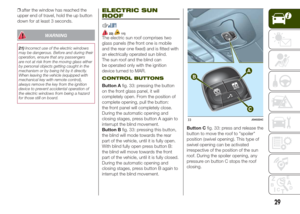 31
31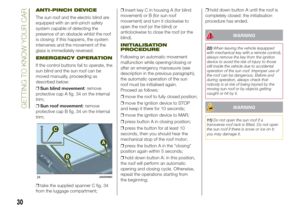 32
32 33
33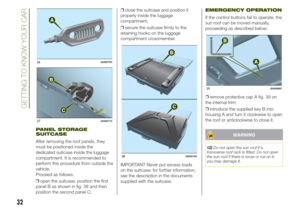 34
34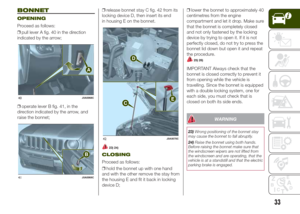 35
35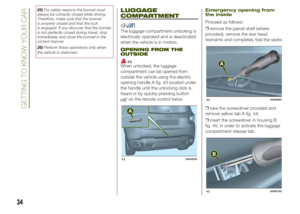 36
36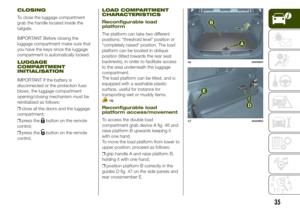 37
37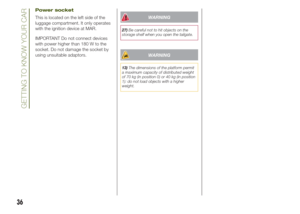 38
38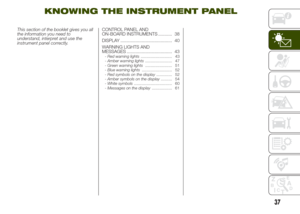 39
39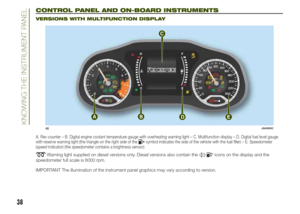 40
40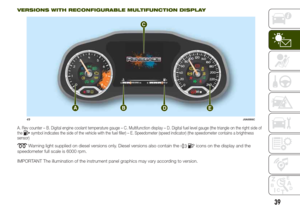 41
41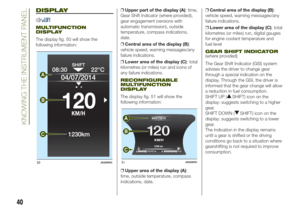 42
42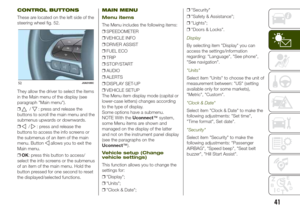 43
43 44
44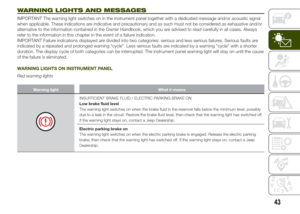 45
45 46
46 47
47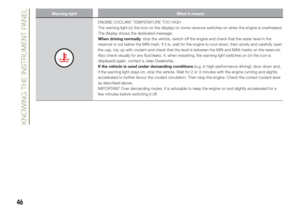 48
48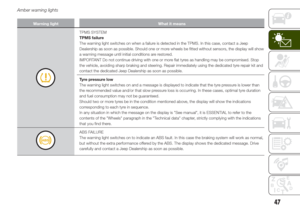 49
49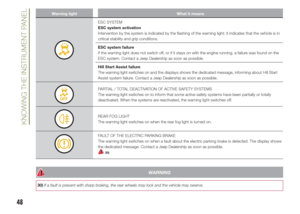 50
50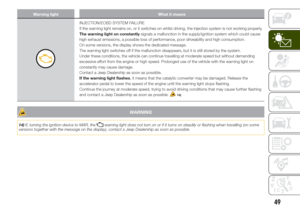 51
51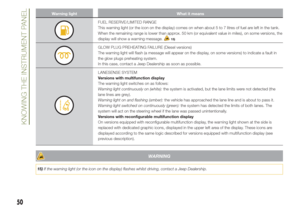 52
52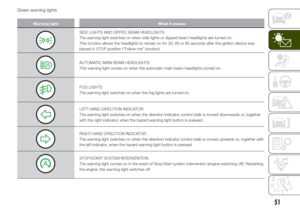 53
53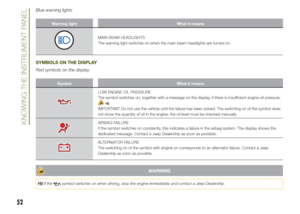 54
54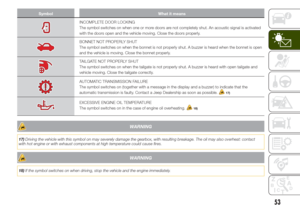 55
55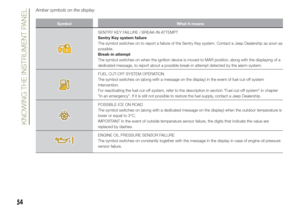 56
56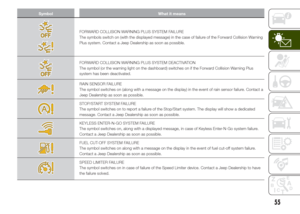 57
57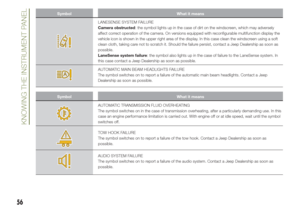 58
58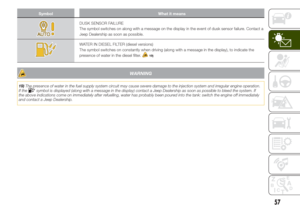 59
59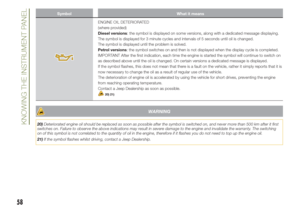 60
60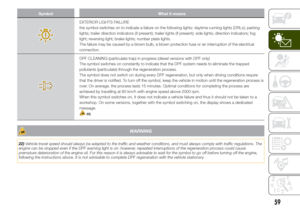 61
61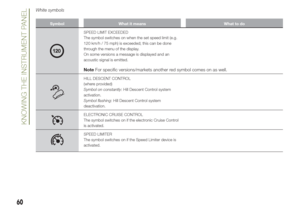 62
62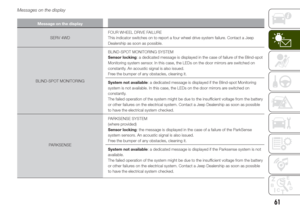 63
63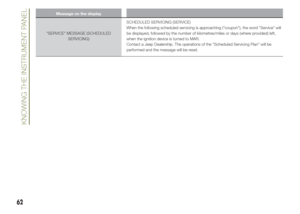 64
64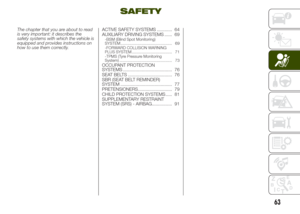 65
65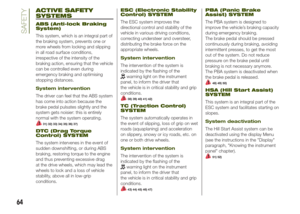 66
66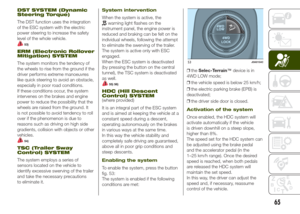 67
67 68
68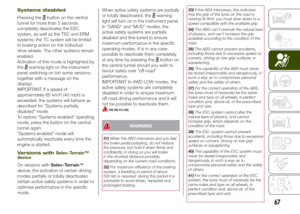 69
69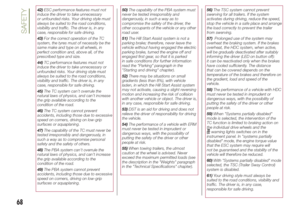 70
70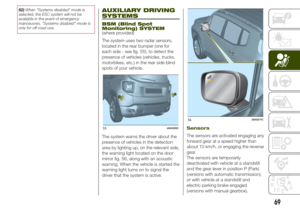 71
71 72
72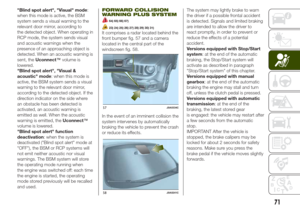 73
73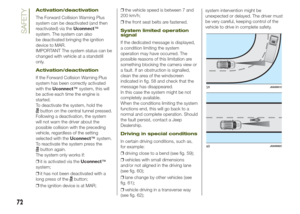 74
74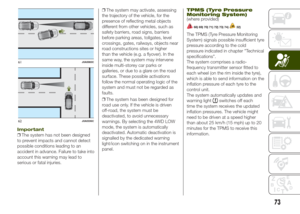 75
75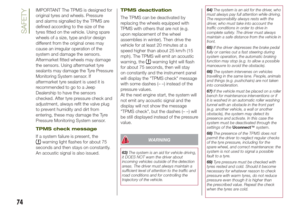 76
76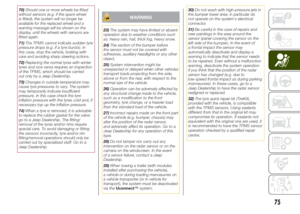 77
77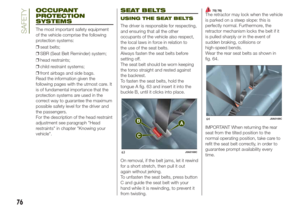 78
78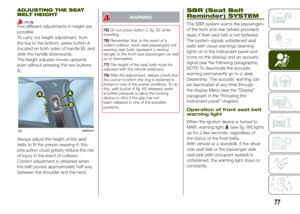 79
79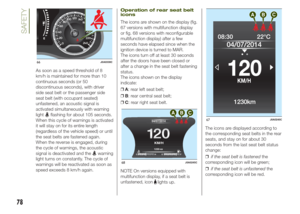 80
80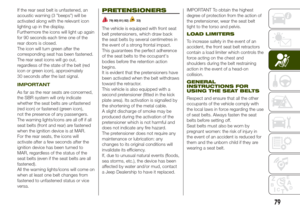 81
81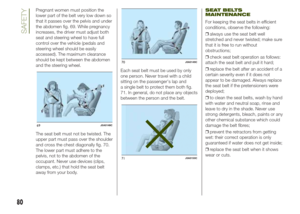 82
82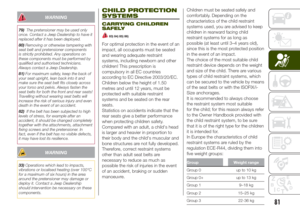 83
83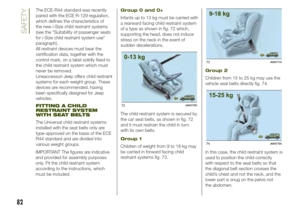 84
84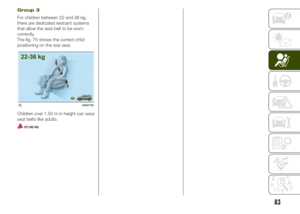 85
85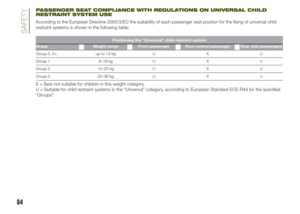 86
86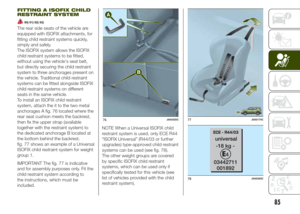 87
87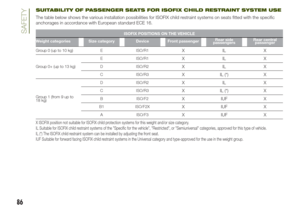 88
88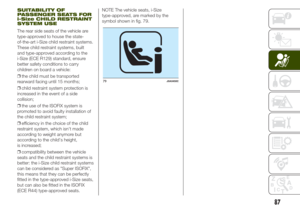 89
89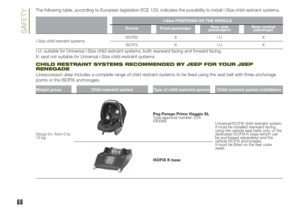 90
90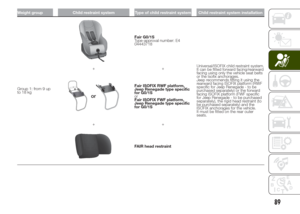 91
91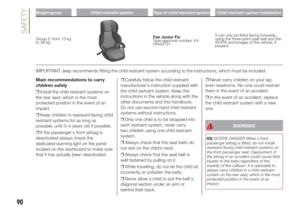 92
92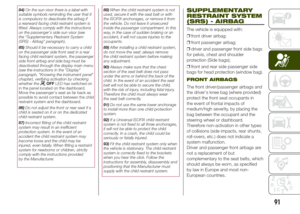 93
93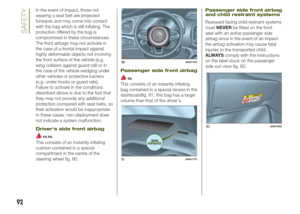 94
94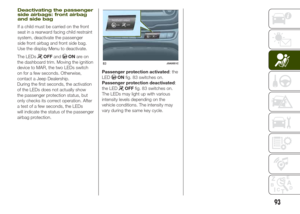 95
95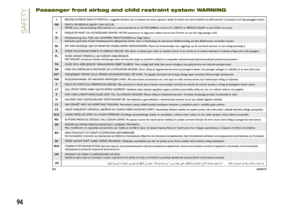 96
96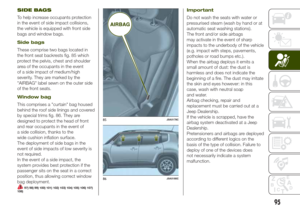 97
97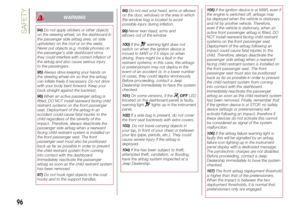 98
98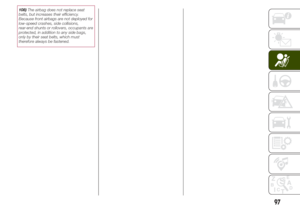 99
99 100
100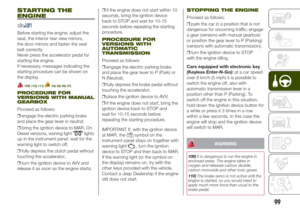 101
101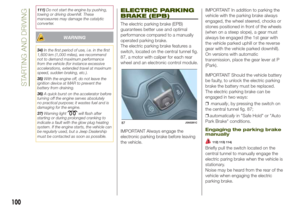 102
102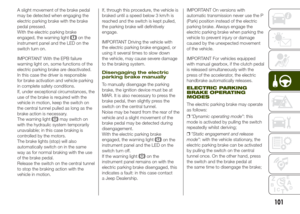 103
103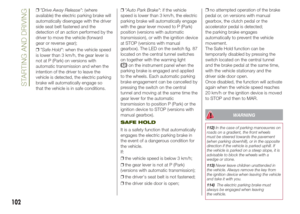 104
104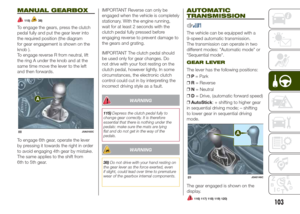 105
105 106
106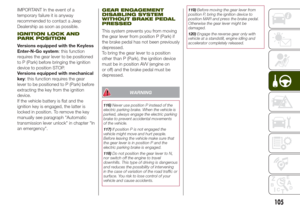 107
107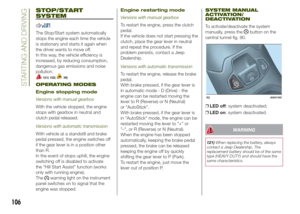 108
108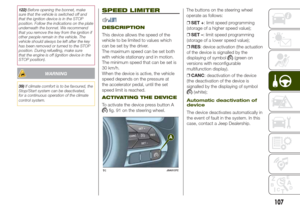 109
109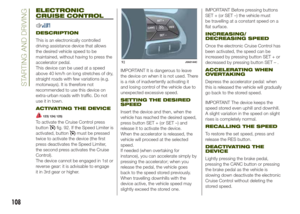 110
110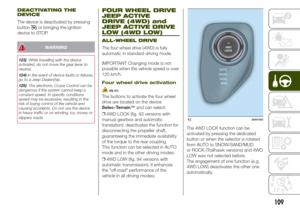 111
111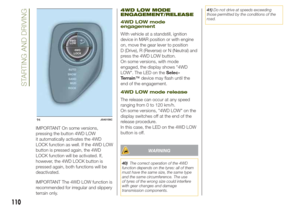 112
112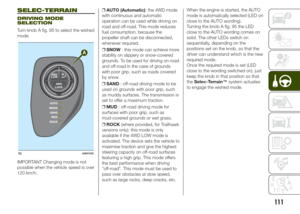 113
113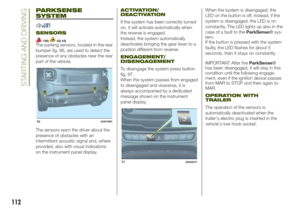 114
114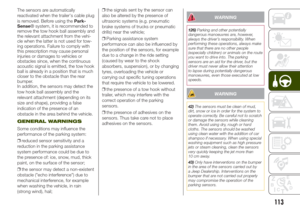 115
115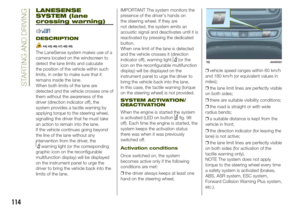 116
116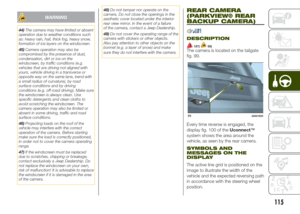 117
117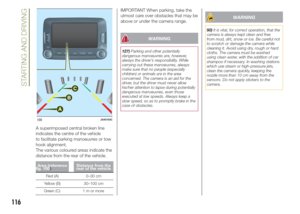 118
118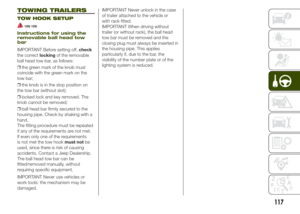 119
119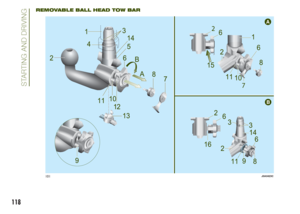 120
120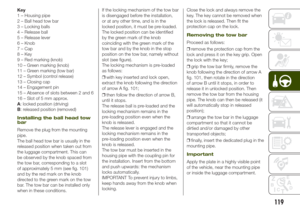 121
121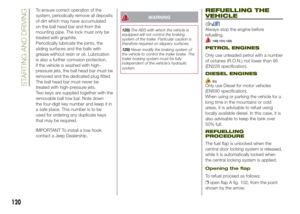 122
122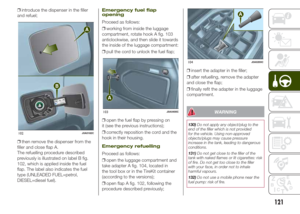 123
123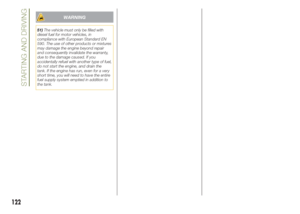 124
124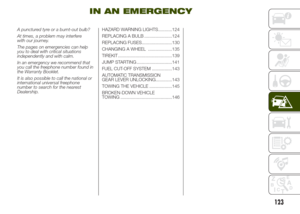 125
125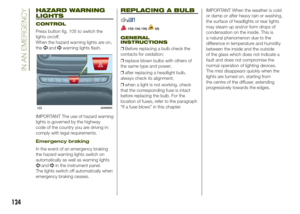 126
126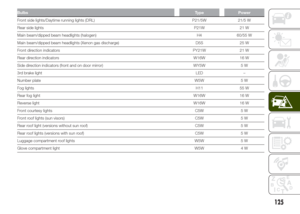 127
127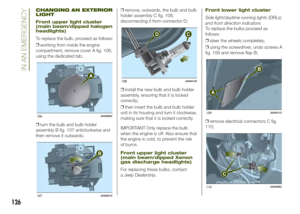 128
128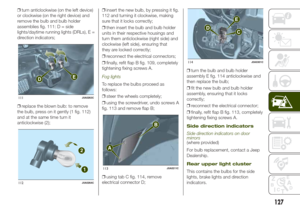 129
129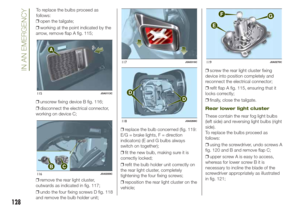 130
130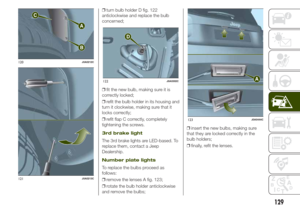 131
131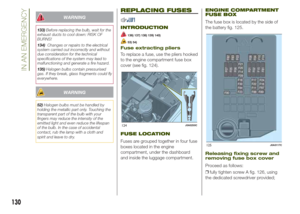 132
132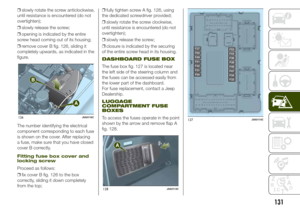 133
133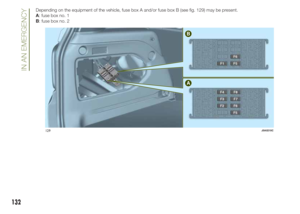 134
134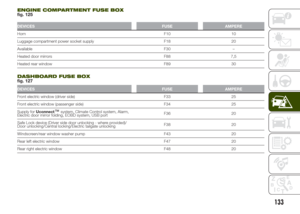 135
135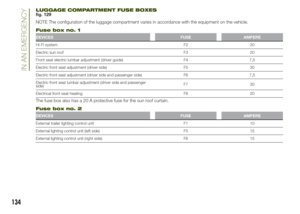 136
136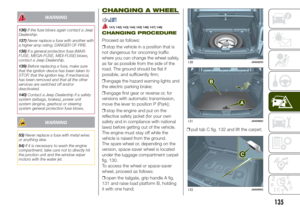 137
137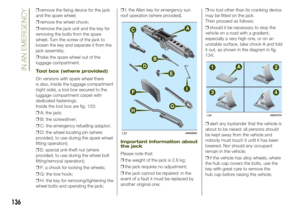 138
138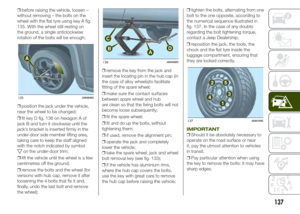 139
139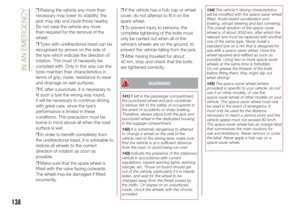 140
140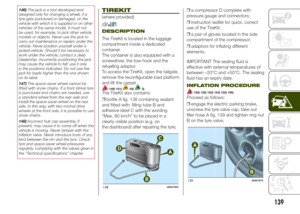 141
141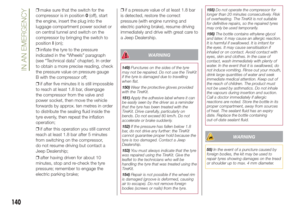 142
142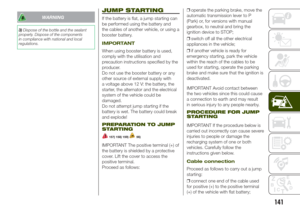 143
143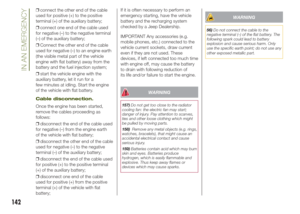 144
144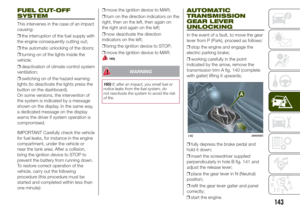 145
145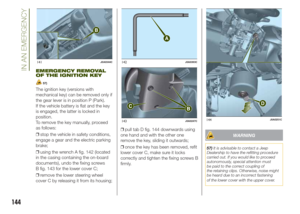 146
146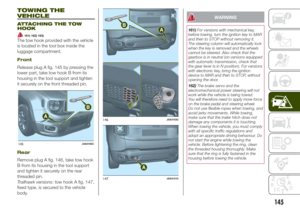 147
147 148
148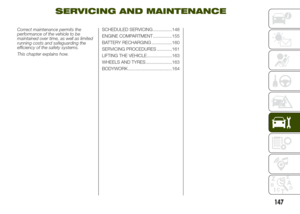 149
149 150
150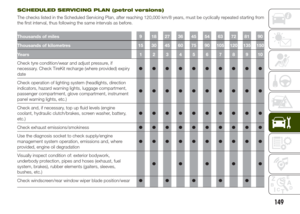 151
151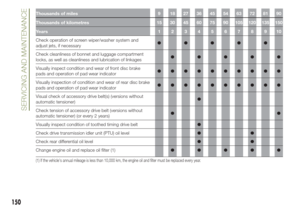 152
152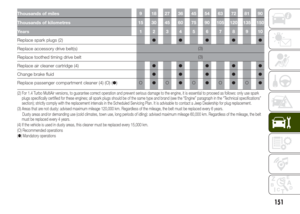 153
153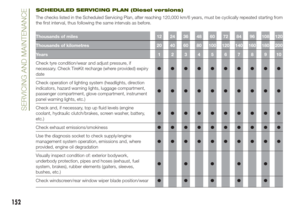 154
154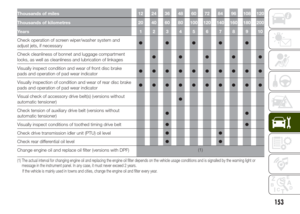 155
155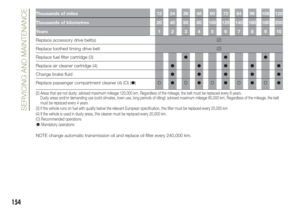 156
156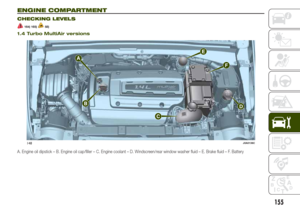 157
157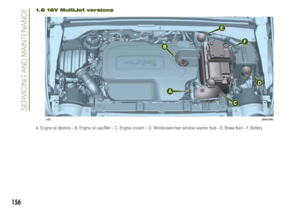 158
158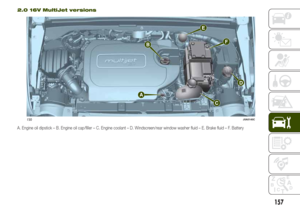 159
159 160
160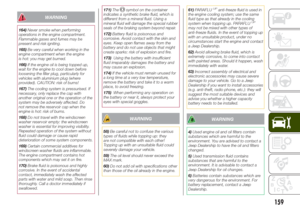 161
161 162
162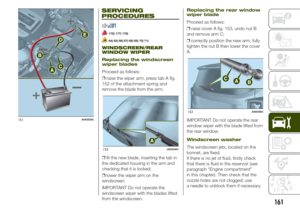 163
163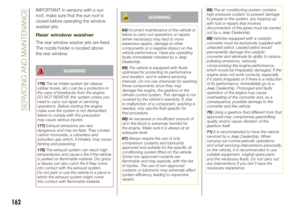 164
164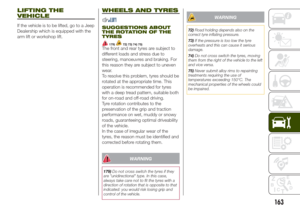 165
165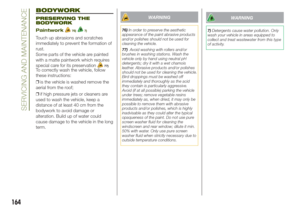 166
166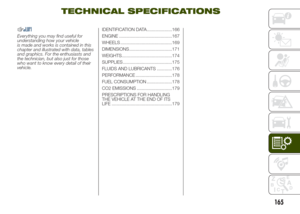 167
167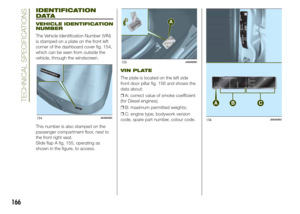 168
168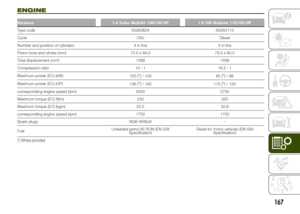 169
169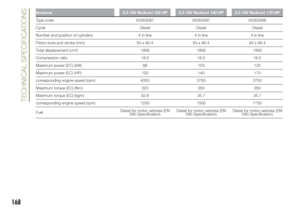 170
170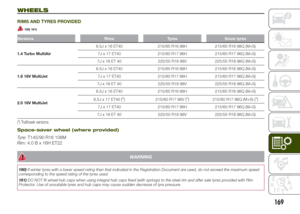 171
171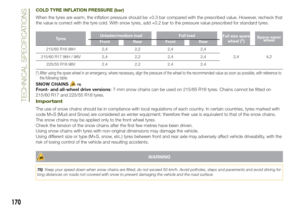 172
172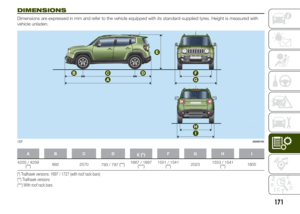 173
173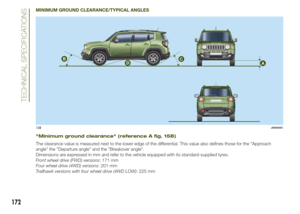 174
174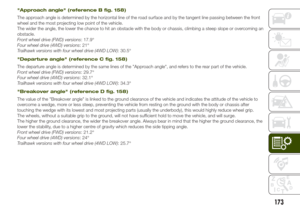 175
175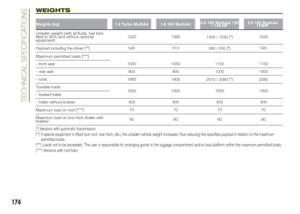 176
176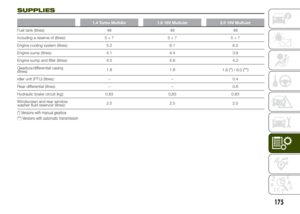 177
177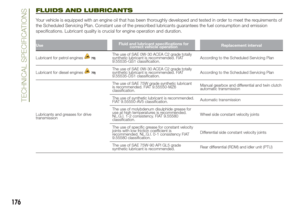 178
178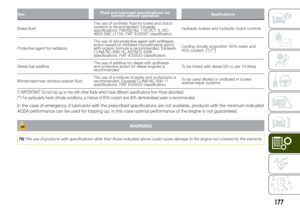 179
179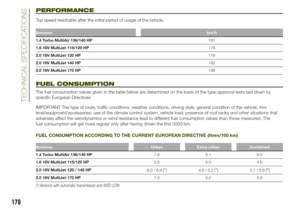 180
180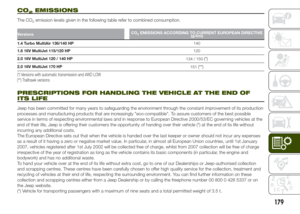 181
181 182
182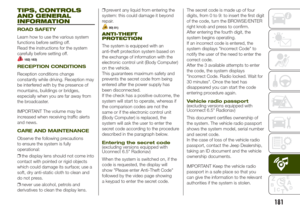 183
183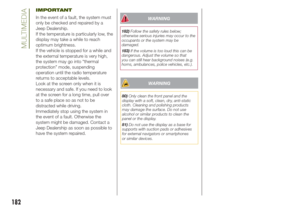 184
184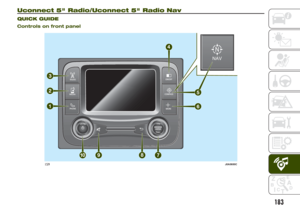 185
185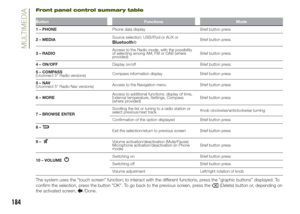 186
186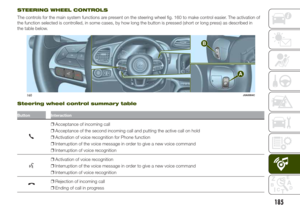 187
187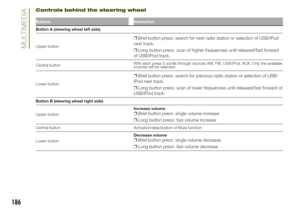 188
188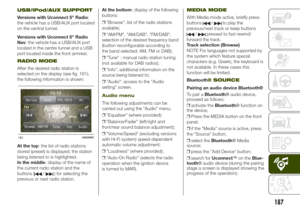 189
189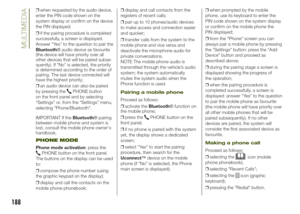 190
190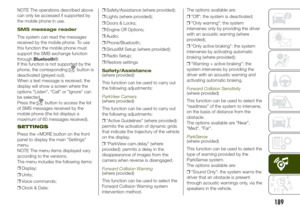 191
191 192
192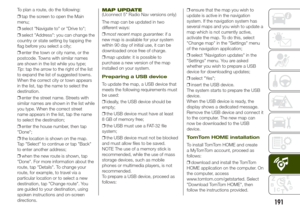 193
193 194
194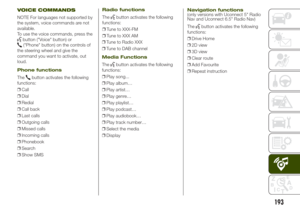 195
195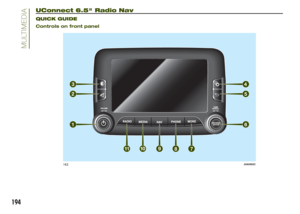 196
196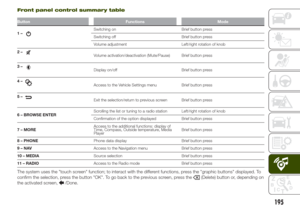 197
197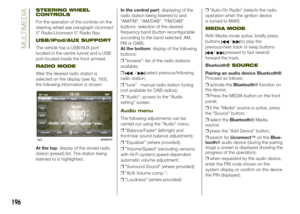 198
198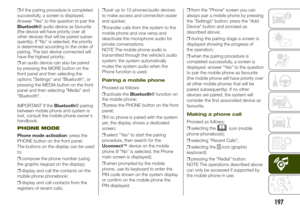 199
199 200
200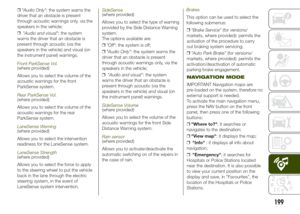 201
201 202
202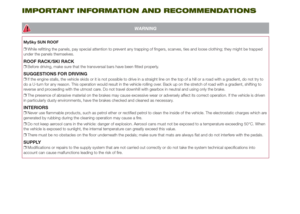 203
203 204
204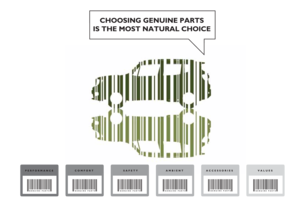 205
205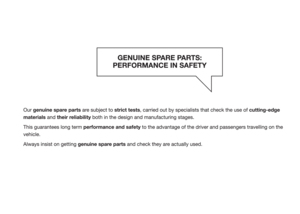 206
206 207
207 208
208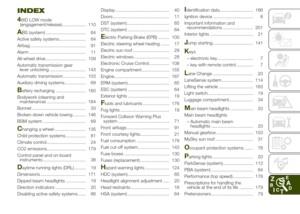 209
209 210
210 211
211

